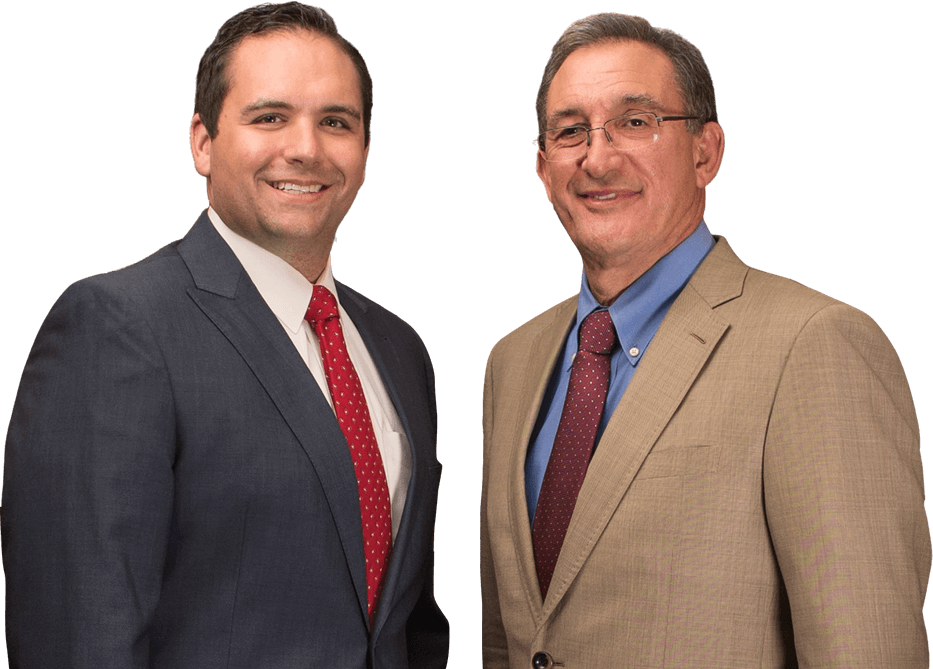Sports-related head injuries have received a lot more attention in recent years, leading to the research and development of new technologies that could seriously decrease the risk for athletes everywhere. The leading cause of death from sports-related injuries is traumatic brain injury. A traumatic brain injury (TBI) is caused by a blow or jolt to the head, creating a whiplash that forces the brain, which normally floats around in a cushion of fluid, to slam violently against the skull. Symptoms of a TBI can be mild, moderate or severe, depending on the extent of damage to the brain.
Chronic Traumatic Encephalopathy (CTE) is a progressive degenerative disease of the brain commonly found in athletes with a history of repetitive brain trauma. This trauma triggers progressive degeneration of the brain tissue causing changes in the brain that can begin months, years, or even decades after the last blow to the head. This brain degeneration can result in memory loss, confusion, impaired judgment, impulse control problems, aggression, depression, and, eventually, progressive dementia.
Professional athletes often feel as if they are invincible, and grow accustomed to repeated head-to-head collisions. In a single season, professional football players sustain between 900 and 1,500 blows to the head. While the first hit will usually result in temporary symptoms, the second or third head impact can cause permanent long-term brain damage. Cumulative sports concussions are shown to increase the likelihood of catastrophic head injury leading to permanent neurologic disability by 39 percent. Many concussions do not result in a loss of consciousness and therefore go undiagnosed. College and professional players are often encouraged to return to playing as quickly as possible, jeopardizing their full recovery.
Recently, more than 4,500 players, spouses, and representatives filed a class-action lawsuit, suing the NFL for compensation for former players’ neurological deterioration and recognition that it came as a result of playing NFL football. In fact, West Virginia University’s own quarterback Clint Trickett was just forced to retire from college football after it was reported that he suffered five concussions in the past fourteen months. Although athletes are all required to wear helmets, the current versions being used only lower a player’s risk of TBI by twenty percent as compared to that of one not wearing a helmet at all. However, development of new technology and programs may help with the prevention, monitoring and diagnosis of TBIs.
This technology includes helmets and mouth guards designed to electronically monitor an athlete’s brain function and vital signs, which are then reported back to the coaches and medical staff so they can determine the severity of a blow. Programs such as the Heads Up Football Program have been created to spread awareness and education about the damaging effects of head-to-head collision in sports, and how they can be prevented. Sports present a myriad of physical and social benefits, which should not be forgotten. However, these can only be enjoyed when all the proper steps to ensure optimum safety are taken. If negligence contributed to a brain injury, the victim may be able to recover compensation through a personal injury lawsuit in West Virginia with the help of a brain injury attorney.

Attorney Timothy Manchin established the Manchin Injury Law Group in 2011 after his law partner of more than 25 years became a West Virginia circuit court judge. His focus is on helping individual clients and entire families victimized by negligent acts.
We offer a free initial consultation at our office in the Manchin Professional Building — our home since 1983 — conveniently located in Fairmont.
If you are unable to visit our firm, we can come to your home or hospital room.
Fill out the form below to get in touch!